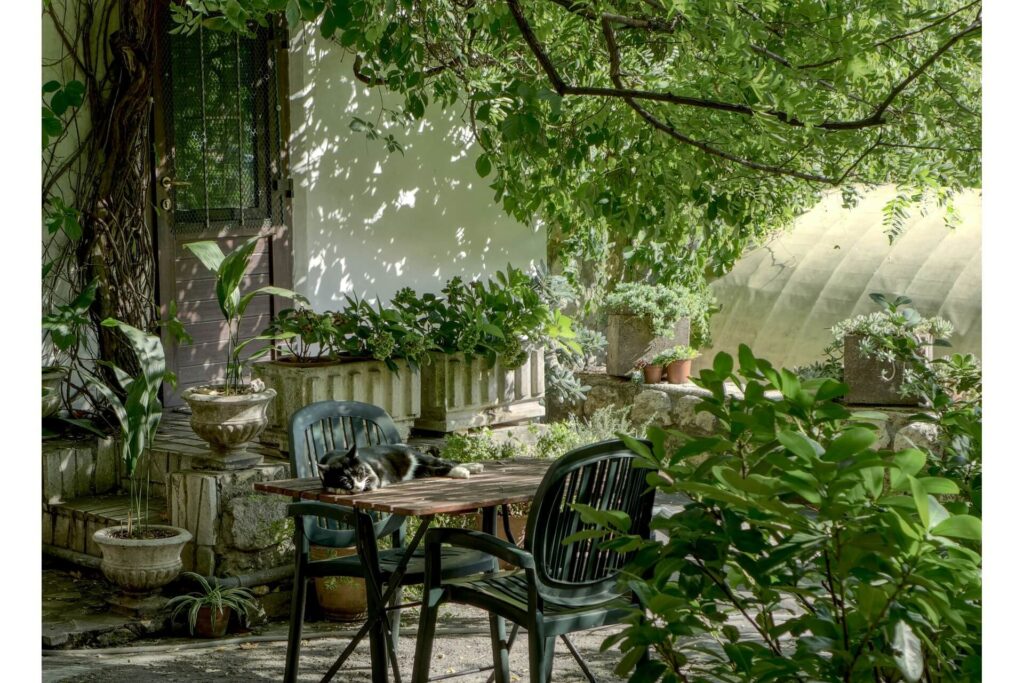Antique Furniture Restoration Techniques Every Collector Should Know

We are reader-supported. When you buy through links on our site, we may earn an affiliate commission.
Antique furniture restoration carries a timeless beauty and an intrinsic value that transcends generations. Each piece tells a unique story, crafted with techniques and materials that have often become rare in today’s mass-produced world. The intricate designs, rich textures and historical significance of these pieces add an unparalleled charm and character to any space.
Restoration preserves the legacy of antique furniture. It safeguards a slice of history, ensuring it continues to be appreciated and enjoyed for years. Proper restoration respects the original craftsmanship and materials, maintaining the piece’s authenticity and enhancing its value.
Understanding Antique Furniture
Identifying the age and style of antique furniture is an art and science, requiring a keen eye and some knowledge of history. Here are some tips to help you decipher the secrets of antique pieces:
- Maker’s marks or labels: Search for any manufacturer’s marks, labels or signatures that can provide clues about its origin and age.
- Construction techniques: Examine how the furniture is constructed. Workers rarely use premium and top-quality wood for crevices that no one would see. Moreover, hand-cut dovetail joints suggest an older piece, typically pre-19th century.
- Design and style: Analyze the design elements and motifs. Ornate carvings and elaborate designs could hint at Baroque or Rococo styles. Meanwhile, minimalist and functional features might point toward Arts and Crafts or Modernist movements.
When considering a piece for restoration, evaluating its condition is crucial. It ensures you understand what restoration work may be needed and helps preserve the piece’s integrity and value. Here are other considerations you should keep in mind:
- Structural stability: Check for any loose joints or signs of wear that compromise the furniture’s stability.
- Surface examination: Assess the extent of surface damage like scratches, stains or varnish degradation, understanding that some wear adds character and history.
- Original features: The original hardware, finishes and materials significantly contribute to an item’s authenticity and value. Replacements or alterations could affect its worth.
- Pest damage: Look for any signs of pest damage — like woodworm — which might require professional treatment to restore.
Essential Antique Furniture Restoration Techniques
Restoring antique furniture opens a world where history meets craftsmanship. Here are fundamental restoration techniques that every collector should master.
Cleaning and Dusting
Antique furniture restoration requires a gentle touch and mindful techniques to preserve its integrity and beauty. Start with the least invasive method — dusting with a soft, lint-free cloth to avoid scratching the surface.
For more thorough cleaning, use a mild soap solution applied sparingly with a soft cloth, followed by a rinse with a damp cloth and immediately drying with a clean, dry cloth. Avoid using silicone-based sprays or harsh chemicals that can damage the wood’s finish.
When dealing with unknown finishes or particularly stubborn grime, denatured alcohol — like mineral spirits — can be a useful diagnostic tool. Test a small, inconspicuous area first. If the finish dissolves or becomes tacky, it’s likely shellac or lacquer, indicating that you should use gentle cleaning methods to avoid stripping the finish.
Removing Stains and Spills
Gently blot spills immediately with a soft, clean cloth to prevent the stain from setting. You can use mild soap and water to dab the stain lightly on wood surfaces, followed by a dry cloth to prevent water damage. Meanwhile, you can sparingly apply a paste from equal parts baking soda and water for tougher stains.
You can treat upholstery stains with a solution of mild detergent and warm water, using a soft brush or cloth to scrub the affected area lightly. Then, rinse with a clean, damp cloth and dry thoroughly. Always test these methods on a small, inconspicuous area first to ensure they don’t damage the finish or fabric.
Repairing Scratches and Dents
For minor repairs that significantly improve the appearance of antique furniture, using epoxy putty is an effective method for filling in chipped or missing wood. First, ensure the area needing repair is clean and dry. Then, knead the putty until thoroughly mixed and press it into the damaged area, shaping it to match the surrounding surface.
Once the putty has hardened — usually within a few hours — you can sand it smooth and paint or stain it to match the original finish. This simple repair restores the furniture’s aesthetic appeal while maintaining its structural integrity.
Refinishing and Polishing
You can consider refinishing antique furniture when the existing finish is significantly damaged or detracts from the piece’s beauty. Begin by carefully removing the old finish, using a gentle stripper suitable for the type of wood and finish involved. After stripping, sand the piece lightly, being careful not to damage the wood.
Choosing the right finish involves matching the original as closely as possible or selecting a new finish that complements the wood’s grain and the era of the piece. Options include shellac, lacquer, varnish or oil finishes, offering different sheen levels and protection.
Upholstery and Fabric Care
Maintaining or replacing antique fabrics requires carefully preserving their beauty and integrity. Regular vacuuming with a soft brush attachment for existing fabrics can prevent dust build-up. If the fabric shows signs of old stains, soaking it in a solution of non-chlorine bleach diluted with water can be effective. However, always test this on a less visible area first to ensure colorfastness.
For tougher stains or damaged fabrics that you can’t restore, finding a high-quality replacement that matches the period and style of the piece is essential. When selecting a new fabric, consider its durability, texture and compatibility with the furniture’s design. Ensure it respects the piece’s historical context while providing a fresh, revitalized look.
Preserving Antique Furniture
Minimizing exposure to direct sunlight and avoiding drastic temperature fluctuations is crucial to safeguard antique furniture from damage. UV exposure can lead to cracking, flaking and fading, significantly diminishing the furniture’s aesthetic and structural integrity.
Implementing routine care will help preserve its condition. It includes blocking direct sunlight, controlling moisture in the air and keeping furniture away from heating and cooling vents. Regular dusting with a soft cloth and applying a quality wax or polish annually can keep antiques looking their best, ensuring they remain a cherished part of your collection for years.
Preserving History with Antique Furniture Restoration
Approaching antique furniture restoration requires patience and respect for the piece’s rich history. You should take each repair or restoration step with consideration for the original craftsmanship and materials, honoring the story and era it represents. Treating these timeless treasures with the utmost care will keep history alive for future generations to admire and learn from.







